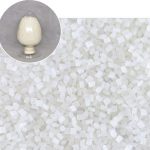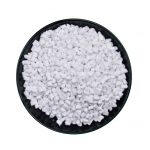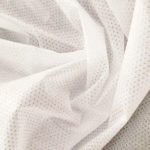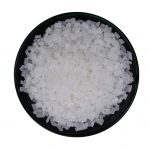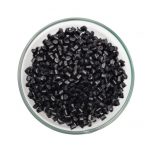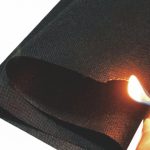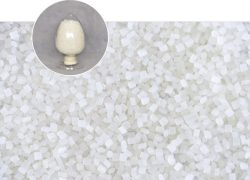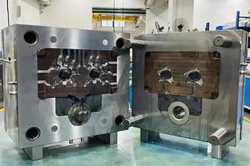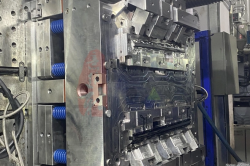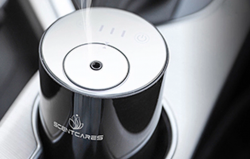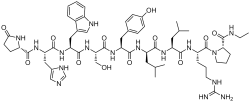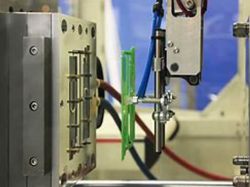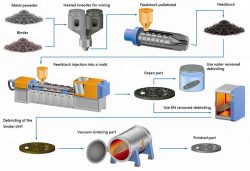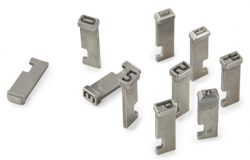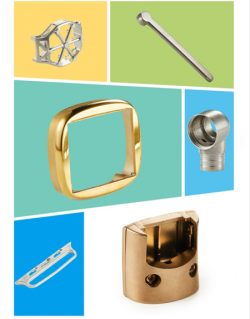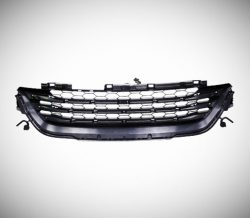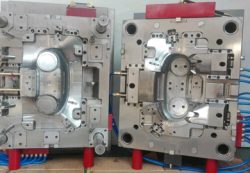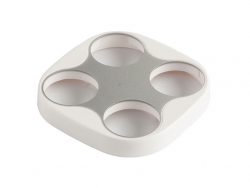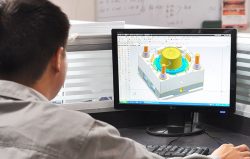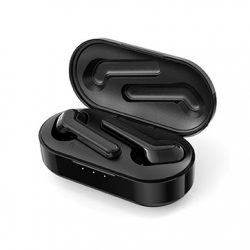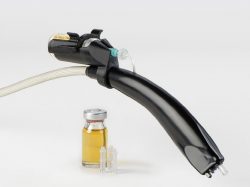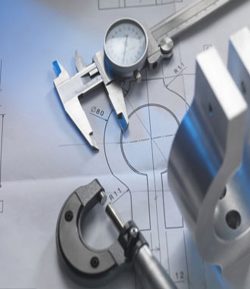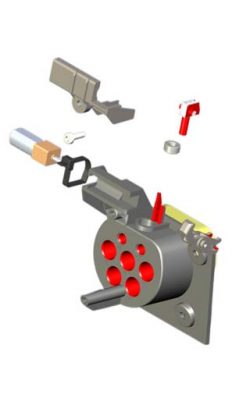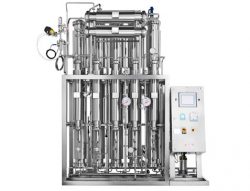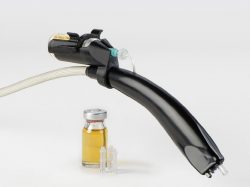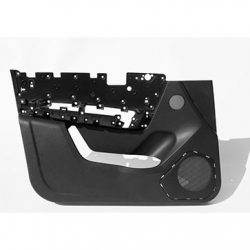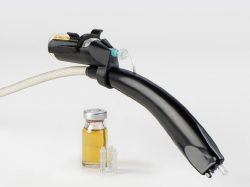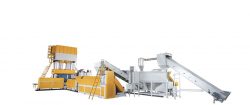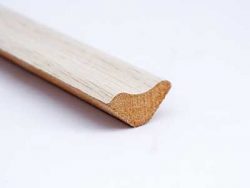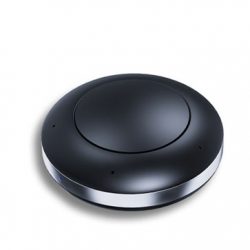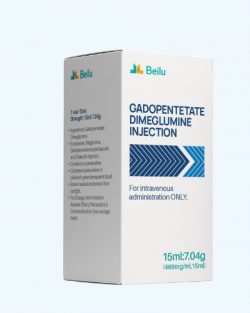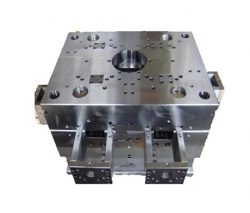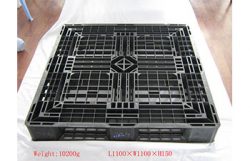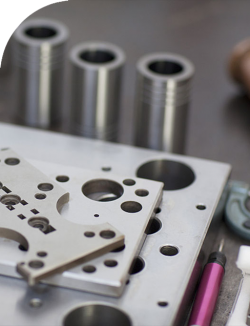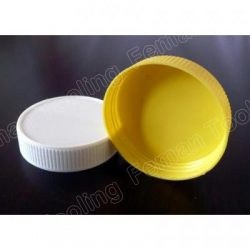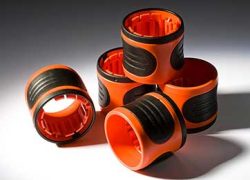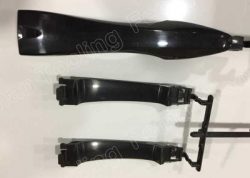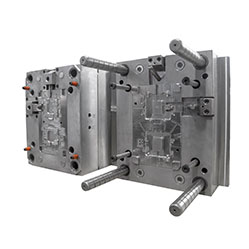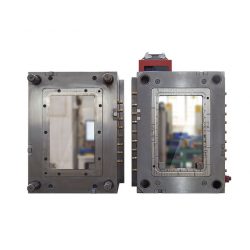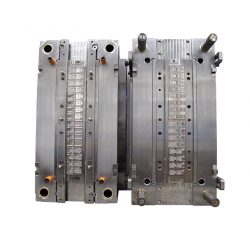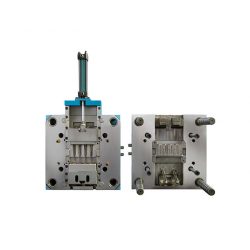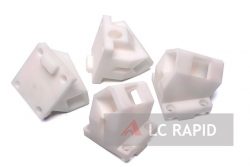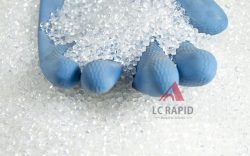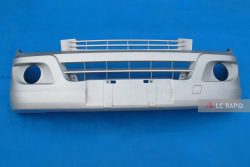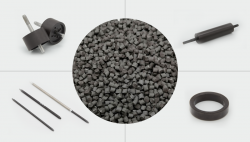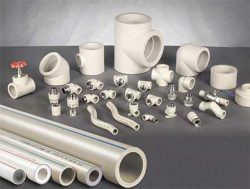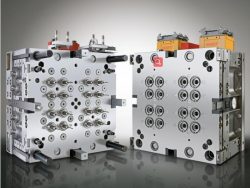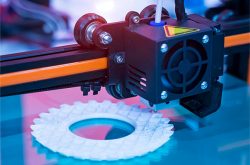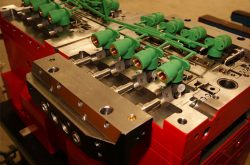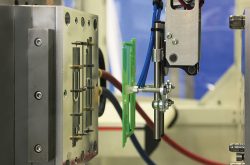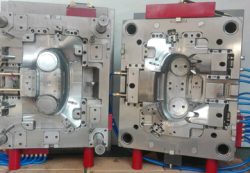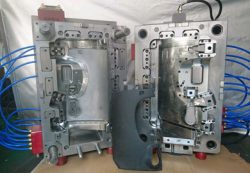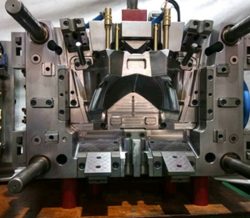INJECTION MOULDING/THERMOFORMING MASTERBATCH
Masterbatches for injection moulding/thermoforming are additives used to improve and enhance the performance of plastics used in injection moulding or thermoforming processes. These masterbatches contain concentrated amounts of pigments, additives, or fillers that boost the properties of the plastic, such as color, UV resistance, and surface finish.
TYPES OF INJECTION MOLDING OR THERMOFORMING MASTERBATCHES
White Masterbatch
It provides excellent resistance against ultra violet, weathering, heat, and light.
Black Masterbatch
It provides excellent color consistency and improved mechanical properties to the final product.
Universal Color Masterbatch
Universal Color Masterbatch contains a high concentration of pigments or dyes, dispersed in a carrier resin
Custom Color Masterbatch
Color masterbatch is a polymer carrier designed to add vibrant and consistent colors to plastic products.
Transparent Color Masterbatch
Transparent color masterbatch is used in such as food containers, cutlery, toys, and household items.
Clarify Masterbatch
Clarify masterbatch enhances the heat resistance and rigidity of the product, ensuring it is safe for food contact.
Nucleating Masterbatch
Add Ratio: 1%-3% or depend on desired performance.
Antifog Masterbatch
Antifog Masterbatches is food grade which is used in food packaging industry.
Cold-resistant and Toughening Masterbatch
Cold-resistant and Toughening additive masterbatch has good compatibility without affecting transparency of the product.
How Are Masterbatches Added to Plastics Used in Injection Molding or Thermoforming?
Masterbatches for injection molding or thermoforming can be added to plastics through direct mixing or masterbatch dosing systems. Direct mixing involves adding the masterbatch pellets to the plastic material in a container or mixing equipment and blending them together until the desired level of dispersion is achieved. Masterbatch dosing systems are automated feeding systems that dispense a precise amount of masterbatch into the molten plastic during production. These systems improve process efficiency, reduce material waste, and enable more consistent color and property results. The appropriate method for adding masterbatch to a plastic depends on the specific manufacturing process and material requirements for the final product.
What Are the Benefits of Using Masterbatches in Injection Molding or Thermoforming Processes?
Using masterbatches in injection molding or thermoforming processes can provide several benefits. Firstly, adding masterbatch can improve the overall performance of the plastic by enhancing properties such as color, UV resistance, antistatic, and flame retardancy. This, in turn, can help reduce the production costs and provide a better quality of the final product. Additionally, masterbatches offer a more efficient way of adding additives to plastics, reducing waste, and conserving resources. Using masterbatches can also help improve the appearance and aesthetic quality of the finished product, making it more appealing to customers.
What Plastics Can Be Used with Masterbatches for Injection Molding or Thermoforming?
A variety of plastics can be used with masterbatches for injection molding or thermoforming, including polyethylene (PE), polypropylene (PP), polystyrene (PS), acrylonitrile butadiene styrene (ABS), and polyvinylchloride (PVC). The specific type of plastic chosen will depend on the intended use and desired properties of the final product.
What Is the Shelf Life of a Injection Molding or Thermoforming Masterbatch?
The shelf life of a masterbatch for injection molding or thermoforming can vary based on the specific product, but in general, they can be stored for up to two years if kept in a cool, dry place away from direct sunlight and sources of heat.

